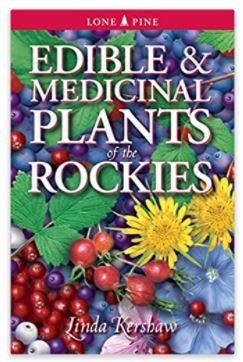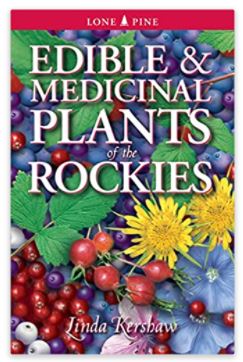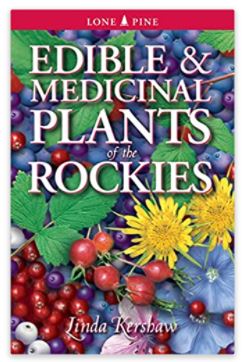Edible and Medicinal Plants of The Rockies
Edible and Medicinal Plants of The Rockies is backordered and will ship as soon as it is back in stock.
Delivery and Shipping
Delivery and Shipping
United States: Free standard shipping on orders over $200.
Canada: Free standard shipping on orders over $100 to BC, AB, SK, MB, and ON
Delivery Times
Canada: 3-7 business days after processing.
**Please note**
Canada Post is currently on Strike which may delay shipping times
- We have other shipping providers available.
United States: 5-10 business days after processing.
For More information, please see our Shipping Policy
Payment & Security
Payment methods
Your payment information is processed securely. We do not store credit card details nor have access to your credit card information.
Throughout human history, plants have provided us with food, clothing, medicine and shelter. The Rocky Mountains are home to a diversity of plant species that have helped native peoples and settlers survive through the centuries.
EDIBLE AND MEDICINAL PLANTS OF THE ROCKIES describes 333 common trees, shrubs, flowers, ferns, mosses and lichens that have been used by people from ancient times to the present.
This comprehensive guide contains:
- More than 700 color photographs and illustrations.
- An introduction explaining the use of wild plants, including gathering, preparing and cooking.
- Food, medicinal and other uses for each species * Clear descriptions of the plants and where to find them.
- Warnings about plant allergies, poisons and digestive upsets
- A special section at the end detailing 46 of the more common poisonous plants in the Rockies region.
(270 pages)





